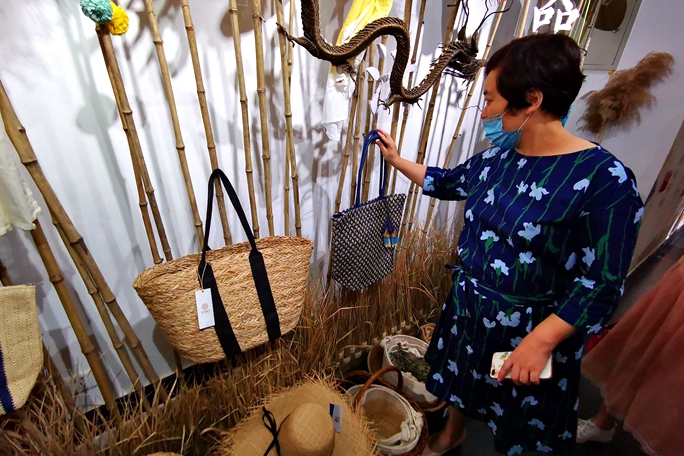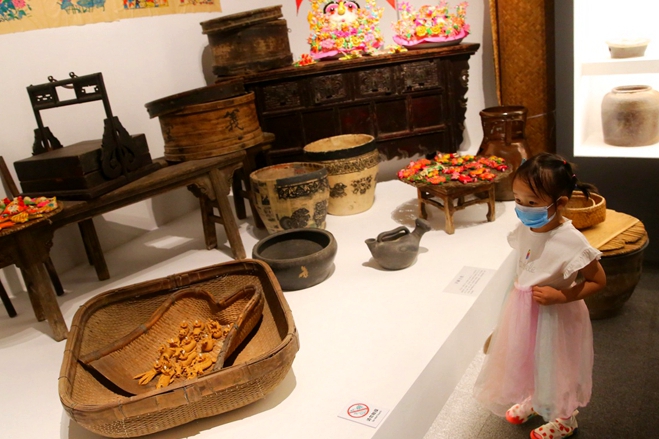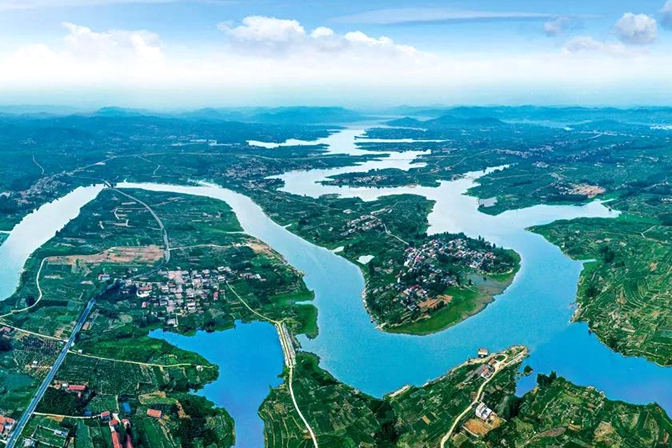Two sessions focus on cultural heritage protection
Some hit cultural variety shows, including National Treasure and Every Treasure Tells a Story, have rekindled Chinese people's passion for traditional culture and offered them a new approach to learn about the profundity and charm of Chinese culture.
As cultural heritage plays a vital role in maintaining Chinese civilization, as well as boosting national pride, this year's two sessions have witnessed a heated discussion about the issue of protecting, utilizing and developing cultural heritage among many NPC deputies and CPPCC members.
In terms of how to explore a way to properly preserve cultural heritage based on China's national conditions, many NPC deputies and CPPCC members have aired their opinions.
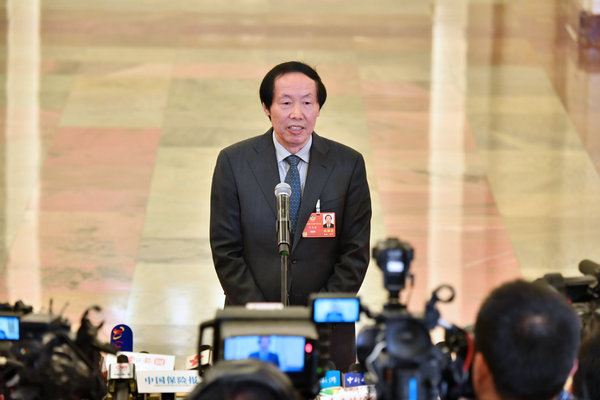 |
|
Liu Yuzhu, a CPPCC member and head of the State Administration of Cultural Heritage, March 3, 2018. [Photo/Xinhua] |
Yang Yunfei, a NPC deputy and dean of the Chinese Academy of Oil Painting at the National Academy of Arts, has been committed to the preservation of ancient village culture and intangible cultural heritage. "As a painter, I often travel to some remote villages to paint from nature where the traditional Chinese cultural genes are still well preserved. But it's harrowing to see that more and more such villages, especially their ancient buildings, are being deserted," Yang said.
As for how to effectively protect these cultural heritage sites amid rapid urbanization, Yang offered his suggestions. First, while protecting the appearance of ancient villages, create some relevant cultural tourism bases. Second, save endangered traditional crafts by opening traditional crafts training institutes and hiring local craftsmen to teach. Third, promote local traditional festivals and rituals to pass on the traditional cultural genes to future generations.

 Shandong Culture and Tourism Consumption Season
Shandong Culture and Tourism Consumption Season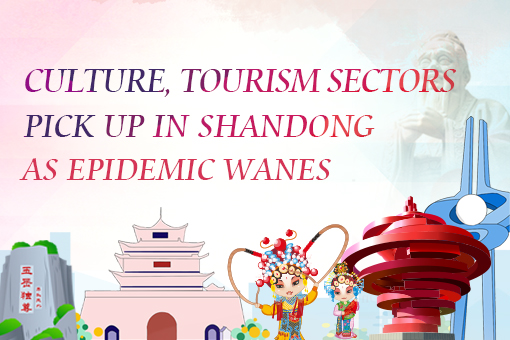 Culture, tourism sectors pick up in Shandong as epidemic wanes
Culture, tourism sectors pick up in Shandong as epidemic wanes